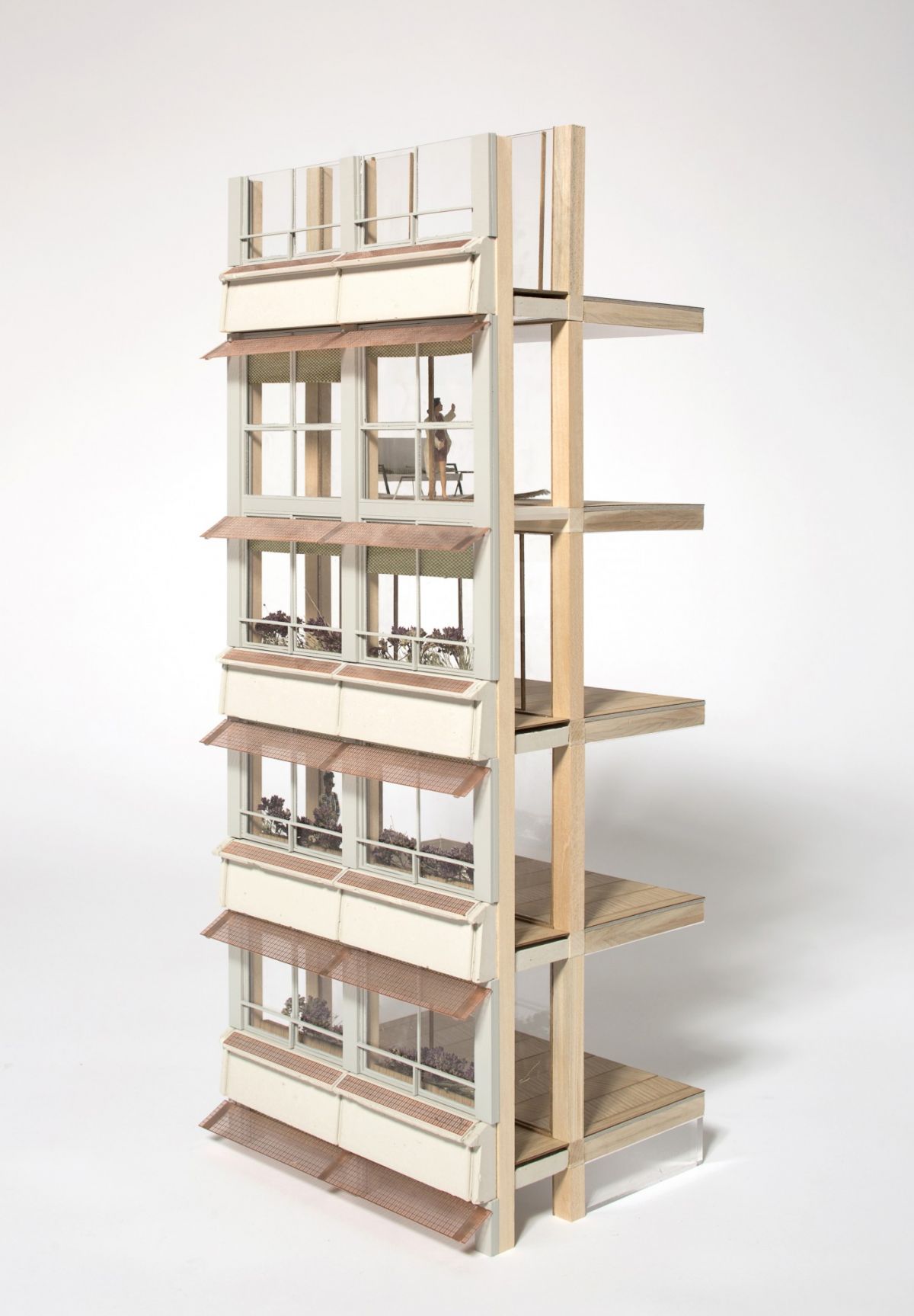
In 2016, Hardel Le Bihan set up MOX, an outfit fulfilling the role of site architect, composed of architects, engineers and people with both qualifications. Three years later, the practice has take on a technical director, a specialist in envelope and facades. Although a transversal approach between architecture and engineering may be de rigueur elsewhere, it remains unusual in France, in particular within medium-sized practices. Interview with Leonardo Gambatesa.
Clémence Mathieu :
Leonardo, what motivated you to join an architectural practice?
Leonardo Gambatesa :
I spent 15 years working for engineering consultancies specialised in structure and facade, first with RFR and then with T/E/S/S, which I joined when it was set up in 2007. During that time I had the opportunity to work on ambitious and very varied projects – from geometrically complex towers in Jordan, to the renovation of the Maison de la Radio and the Montparnasse Tower in Paris.
Whether working on the environmental conception of the envelope or on innovative facade technologies, I also keep a close eye on the architecture, proposing technical solutions that sit perfectly with the architectural concept. I have long been interested in multidisciplinary networks and the marriage of technical and architectural cultures. The desire to join an architectural practice comes from the need to forge a real position, from the very beginning, for a new sensibility (that is technical) to ensure the feasibility of the building envelope, from the beginning of the architectural conception.
CM :
Where do you see the benefit of your experience within a practice of this size (a team of 40)?
LG :
In 15 years I have seen the world of architecture evolve and change, indeed the world of construction generally. Dialogue between the technical consultants and the architects is becoming essential and requires in-depth technical knowledge. The Hardel Le Bihan practice already possesses this particularity, possibly because Mathurin Hardel is both engineer (Ecole Spéciale des Travaux Publics) and architect. My aim is therefore to reinforce this link between the two cultures, which already characterises the practice: the sense of well designed and well executed detailing.
CM :
When and how do you come into a project?
LG :
I'm still getting settled in! For the time being, let's say that I have two types of intervention, depending on whether or not a facade engineering consultancy is called in. When 100% of the facade details are conceived and drawn by Hardel Le Bihan, my role consists in establishing the practice's credibility with the contractor during site phase. In concrete terms, I accompany the project teams in developing the repertoire of technical details for the envelope (waterproofing, facades, etc.), which comprise a large part of the graphic production on a project.
By appointing a dedicated coordinator for this production, the practice affirms higher standards of precision. It is essential that these details are perfectly conform with professional standards and regulations (if only in terms of the designer's legal responsibility), but also technically feasible.

©Clément Guillaume
CM :
And what about when a facades consultant is consulted?
LG :
I am also consulted in preparation for and in parallel with the consultant, to improve the quality of dialogue and work together to find the best solutions. This does of course imply adapting on a case-by-case basis to the sensibilities and particularities of the partner engineer.
From the initial phases of conception, I participate in the orientation of architectural decisions that are, of course, made and decided upon with the architects. Sometimes I also provide directions of thought on structure or environmental strategy because these aspects, inextricably linked with the conception of the envelope, are part of the technical experience I have acquired in an engineering office.

CM :
How do you work in relationship to the MOX team, which runs most of the practice's projects on site (drawings approval, site coordination and supervision)?
LG :
I think it's essential to maintain, nourish and continually develop a close relationship between the design teams and site teams. It is important to me to nourish this vital relationship between the two entities in order to facilitate the work of the MOX team, who will be able to rely on the high-quality repertoire of details while enabling the design architect (HLB) to reap the full benefit of their on-site experience.

©Camille Moissinac